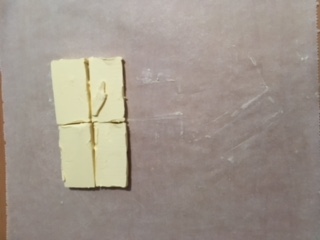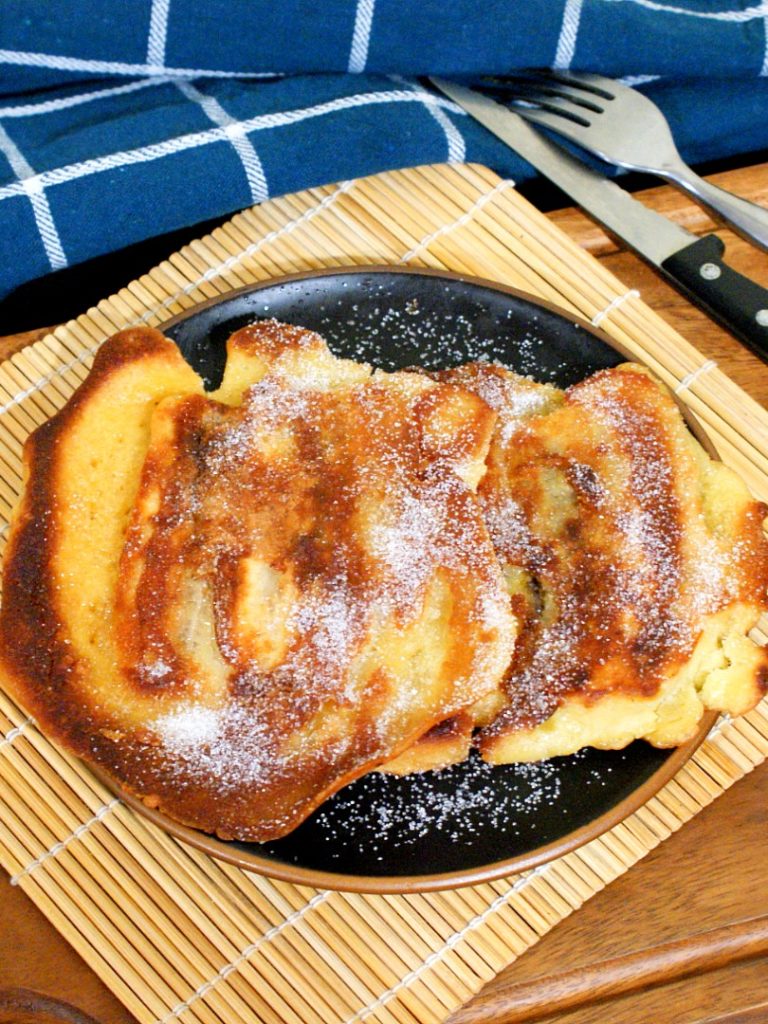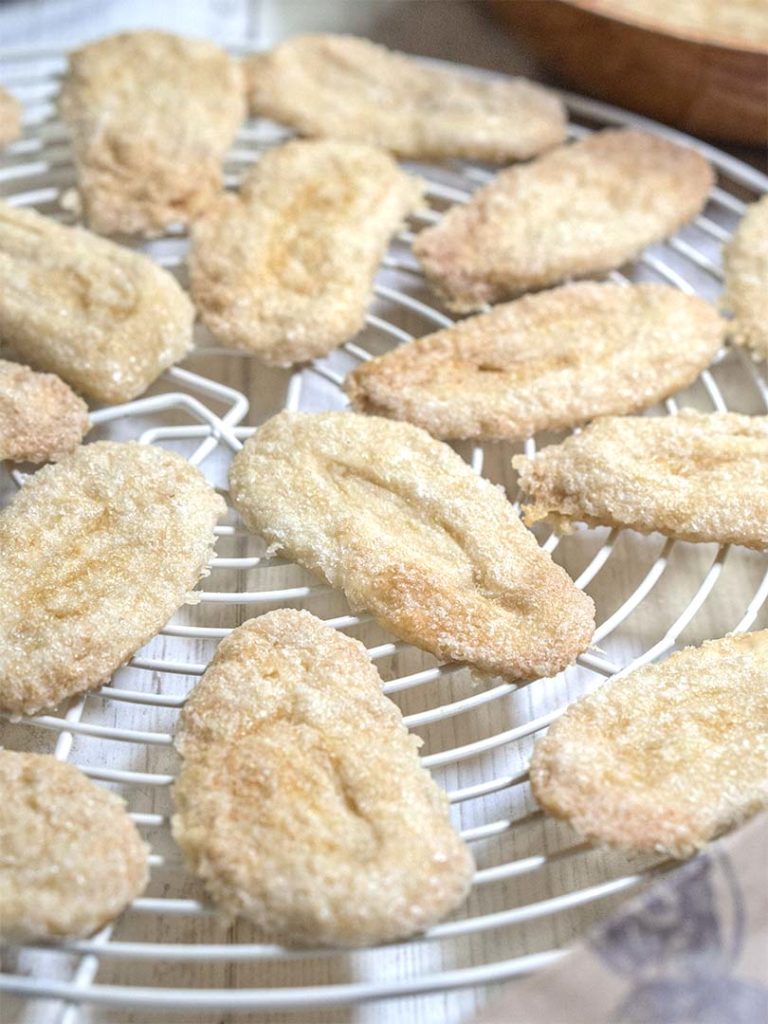Croissant
Homemade Croissants that are so buttery, flaky, and guaranteed to make your morning breakfast so much more delicious! Take this opportunity to master classic French croissants. On y Va!

Croissant is synonymous with French bread but this buttery, flaky, pastry is actually of Austrian origin, named for its crescent shape. To make the pastry, the dough is layered with butter. Rolled and folded several times in succession. Then rolled into a sheet, in a technique called laminating.

Sounds difficult? Well… with the way I did it, I won’t call it difficult but it sure involves some patience. Since we live in Paris my sister-in-law keeps telling me to try it and I keep holding it off. Mainly because I’m horrified that it might be a disaster. But fortunately, a “Boulanger” or baker gave me some tips and it gave me the confidence to try.

How to make the dough for croissant.
The first time I tried, it was a success but then on the second batch, it failed. I realized that you have to be quick on the rolling pin when flattening the dough.
So what I can suggest is be patient because of a lot of dough resting time and be quick when rolling and folding the dough. But you’ll get the hang of it.

You might also like:
The secret ingredient is always LOVE

Tips for making Croissant
- Be careful when selecting your flour. Higher protein flours (e.g. bread flour)absorb more water. If you use something with less protein (bleached all-purpose, cake flour…) you’ll need to add more flour to avoid getting it slushy.
- Use cold butter and work fast so it won’t get greasy.
- If your butter melts while working on the dough, it will incorporate with the dough and saturate it. Better to put it back on the fridge to rest the butter.
- Use two baking trays when putting in the oven to keep the bottom from getting burnt.

Croissant au Beurre
Ingredients
- 2 grams dry active yeast
- 155 grams water (room temperature)
- 330 grams unbleached all purpose flour (bread flour)
- 2 tbsp sugar
- 4 grams salt
- 20 grams unsalted butter (room temperature)
- 180 grams unsalted butter (cold) (for laminating process)
Instructions
- Activate the yeast by adding water and set aside
- In a mixing bowl add flour, sugar, salt, melted butter at room temperature and the activated yeast. Mix until it forms to a dough and knead using your hand. Note: Adjust water to make a firm dough

- After kneading, let it rest for 20 minutes then knead again to smooth. Cover the bowl with a plate to ferment for 3 to 4 hours. Fermentation is the process to completely relax the gluten.
- After 3 to 4 hours take off the cover and you’ll see it double in size. Put in the fridge overnight to pause the fermentation process and continue the next day.
- The following day, take out the unsalted butter from the fridge. Cut about 180 grams butter off the block and cut it to four equal slices.
- Take a long parchment paper and place the butter slices on top. Then fold the the paper without sealing so air can escape and flatten using a rolling pin. Once it flattened and thinned ( about 20 cm x 20 cm) out. seal the paper and put in the fridge so it won’t melt.

- Take out the dough from the fridge and place in a flat surface, punch in the middle to let out some air while it’s fermenting. Flatten with a rolling pin until you have 30 cm x 30 cm square.

- Take out the butter and lay it down diagonally on the dough.

- Fold the edges of the dough to wrap the butter inside, leave one corner open so air can escape when you flatten again with a rolling pin.

- Flatten again with a rolling pin, start at the middle going to one edge with the open corner then seal the dough. flatten the other side until you have approximately 35 cm x 25 cm of flattened dough.

- Fold the dough three times as shown in the image. (First folding)

- Place on a plate and cover in cling film. And refrigerate for 30 minutes.

- After 30 minutes. take the dough from the fridge and flatten again until you have approximately 40 cm x 25 cm of flattened dough.

- Fold the dough by taking the two short sides and bring them to the middle. See photo for reference. (Second folding)

- Then fold in two as shown on the photo. By now you have multiple layers of dough.

- Cover with cling film again and refrigerate for 30 minutes.

- After 30 minutes, take the dough out of the fridge and flatten to 40cm x 25cm in length and width.

- Using a ruler measure and mark 10 cm length wise on one side and 5 cm on the other side. using this marks cut the dough into triangles.

- When you have cut all of the dough. roll the triangle starting on the wide part going to the pointy tip.

- When you’re done you should have something like the ones in the photo.

- Prepare a baking tray with parchment paper and place the croissant tip facing down. Brush some beaten egg on top and let the dough rise for 1 hour or until double in shape.

- When the dough is done resting. Brush again with egg wash on top. Bake in a pre-heated oven at 220° Celcius for 10 to 12 minutes then lower heat to 190° Celcius and bake 15 to 20 minutes or until golden brown.

- Remove from the oven and serve! Eat it for breakfast or as snack. Bon Appetit!






